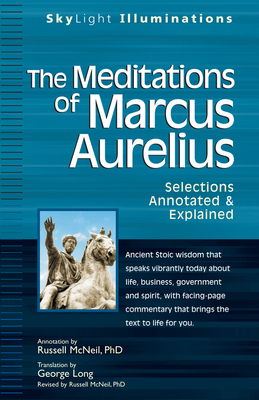






GREEK CLASSICS
The Enchiridion or Manual of Epictetus
A Selection from the Discourses of Epictetus with the Encheiridion
Translated by George Long
The Enchiridion or Manual of Epictetus is a short manual of Stoic ethical advice compiled by Arrian, a 2nd-century disciple of the Greek philosopher Epictetus.
Although the content is similar to the Discourses of Epictetus, it is not a summary of the Discourses but rather a compilation of practical precepts. Eschewing metaphysics, Arrian focused his attention on Epictetus's work applying philosophy in daily life. The primary theme is that one should accept what happens.
However, some things are up to us and some are not up to us and we must act accordingly, taking responsibility for planning and enacting what we can with virtue without becoming upset or disheartened by obstacles and reverses beyond our control.
For many centuries, the Enchiridion maintained its authority both with Christians and Pagans. Two Christian writers--Nilus and an anonymous contemporary--wrote paraphrases of it in the early 5th century and Simplicius of Cilicia wrote a commentary upon it in the 6th. The work was first published in Latin translation by Poliziano in Rome in 1493; Beroaldus published another edition in Bologna in 1496. The original Greek was first published in Venice with the Simplicius's commentary in 1528 and an English translation appeared as early as 1567. The book was a common school text in Scotland during the Scottish Enlightenment. Adam Smith had a 1670 edition in his library, acquired as a schoolboy.









In this poignant and reflective work, George Long contemplates life and death, love and loss, and the meaning of existence itself. Drawing on his own experiences and observations, Long offers insights that are both profound and deeply personal.
This work has been selected by scholars as being culturally important, and is part of the knowledge base of civilization as we know it.
This work is in the public domain in the United States of America, and possibly other nations. Within the United States, you may freely copy and distribute this work, as no entity (individual or corporate) has a copyright on the body of the work.
Scholars believe, and we concur, that this work is important enough to be preserved, reproduced, and made generally available to the public. We appreciate your support of the preservation process, and thank you for being an important part of keeping this knowledge alive and relevant.





